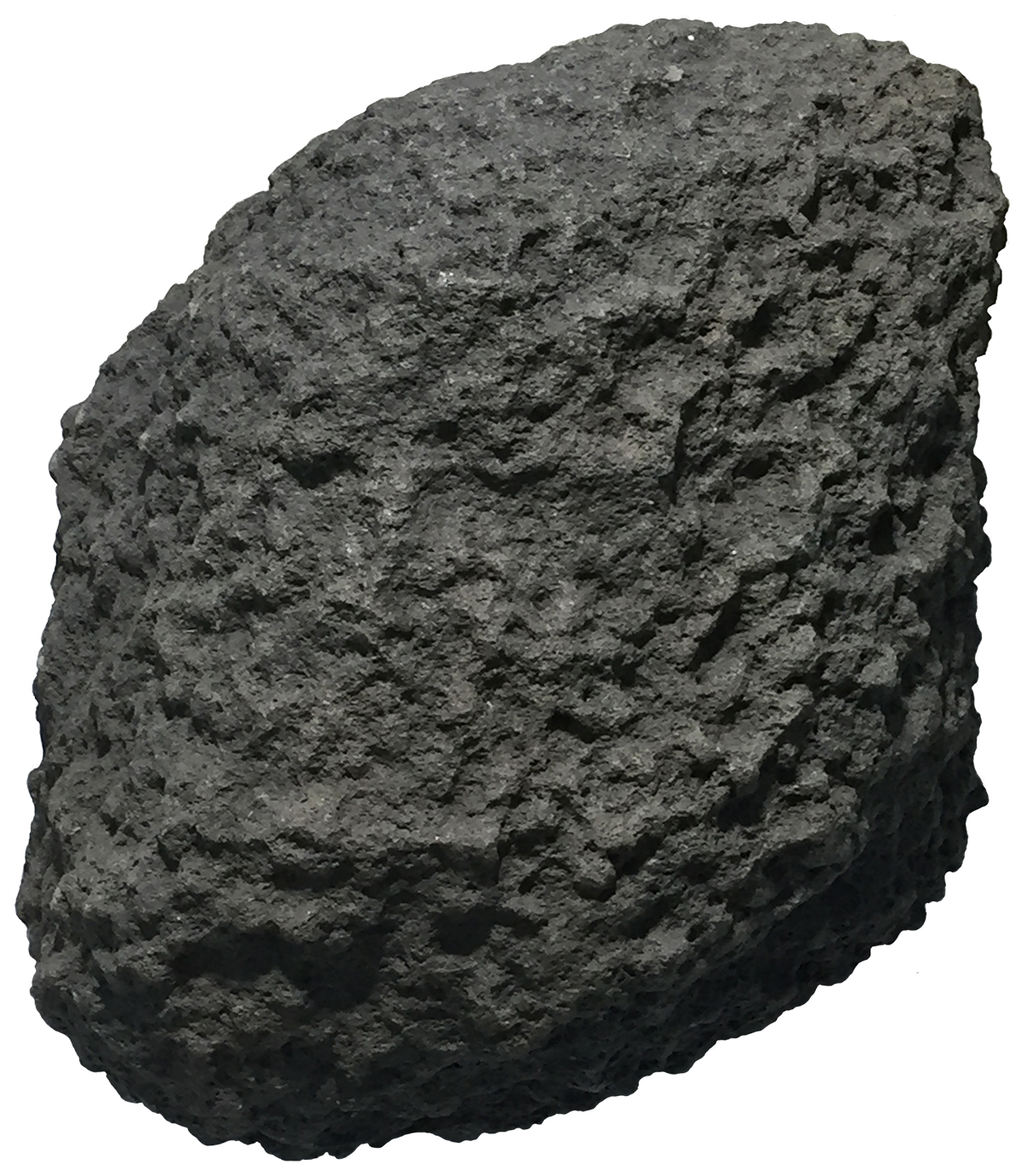
The Beaver River Diabase reflects the near extinction of North America as a cohesive structural entity, a time when a line of violent volcanic eruptions separated what would eventually become Minnesota and Wisconsin, but it also recalls a period of glacial erosion that sculpted those states’ present landscapes.
While the other rocks beneath these stairs attest to the early formation of North America or later sedimentation along that continent’s margin, the Beaver River Diabase instead reflects the near ending of North America as a unified continent. About 1.1 billion years ago, heat trapped beneath the continent caused mantle rock to rise and the continent began to rift apart. The Midcontinent Rift System, also known as the Keweenawan Rift, extended over 2,000 kilometers across North America. Rising hot mantle rock partially melted to fuel a line of volcanoes that released enough magma to cover the rift valley floors with up to 20 kilometers of igneous rock. If this process had continued, rifting would have broken North America into two or three large plate fragments as new seafloor formed between the diverging plates. Fortunately for our concept of North America, rifting ended, and the newly formed igneous rocks and lava flows were buried by up to eight kilometers of sediment.
For over a billion years, the igneous remnants of a still-born ocean floor, including the Beaver River Diabase, lay beneath that sedimentary cover. But within the past 2.5 million years, as ice sheets repeatedly formed and melted over North America, glacial erosion of the sedimentary cover revealed the Beaver River Diabase and its associated rock units. Exposed Beaver River Diabase is now a significant part of Lake Superior’s North Shore and is best known as the ‘split rock’ on which Split Rock Lighthouse was built after a 1905 November gale wrecked nearly 30 ships.
The Beaver River Diabase is largely composed of plagioclase and clinopyroxene, with some olivine also present. In detail, most of the rock’s crystal texture is comprised of radial clusters of plagioclase crystals surrounded by layers of clinopyroxene. Because clinopyroxene is resistant to weathering, the rock’s surface develops a knobby appearance, known as ophitic texture. If this rock was weathered further, it would break down into rounded ‘marbles’ and some beaches beneath Split Rock Lighthouse are largely composed of ophitic marbles weathering out of the Beaver River Diabase.